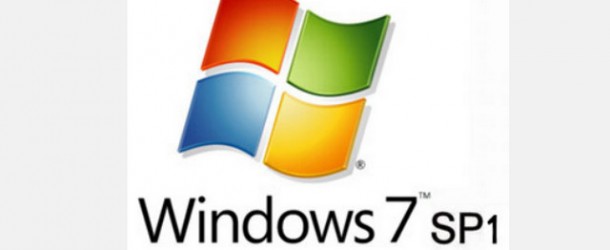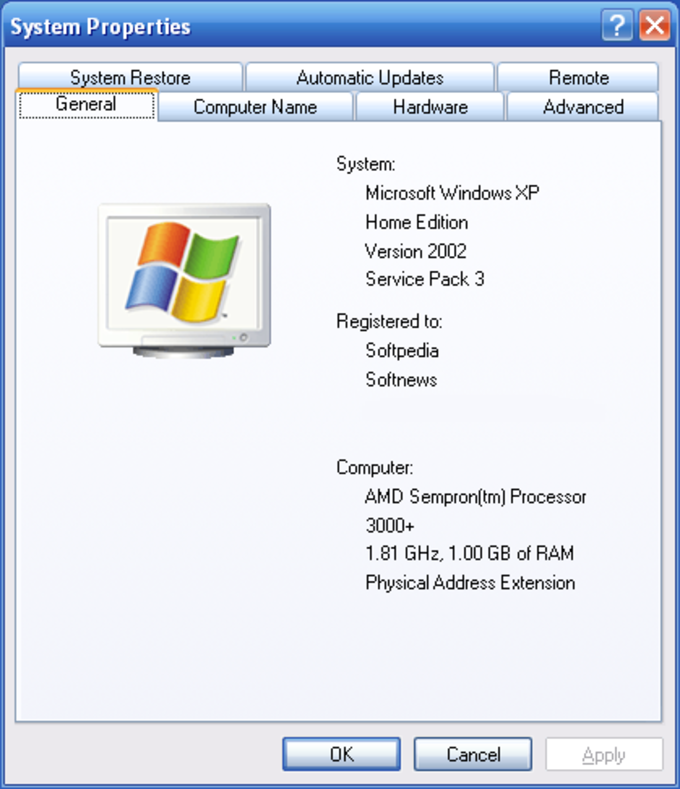
SP1 requires 4.1 GB of free disk space for 32-bit systems, or 7.4 GB for 64-bit systems.

You're installing via downloaded interactive installer. You're installing via an installation DVD (which you may have created using the DVD image noted above). SP1 requires 750 MB of free disk space for 32-bit systems, or 1050 MB for 64-bit systems. The installer should check for this and prevent the install if there's not enough space, but you can check yourself using the following conditions: You will need enough free disk space to install SP1. Other issues to considerĪ few issues related to Service Pack 1: Disk space requirements If you install SP1 via Windows Update, it will check to ensure this update is installed first automatically. The important bit here, from what I can tell, is to ensure that Windows Update KB2454826 is installed first. Note that Microsoft recommends that you follow the instructions in a KB article before you install Windows 7 Service Pack 1 from the Microsoft Download Center. The file named can be run on any 64-bit version of Windows 7 to upgrade that system to Service Pack 1. The file named can be run on any 32-bit version of Windows 7 to upgrade that system to Service Pack 1.

The file named 7601.17514.101119-1850_Update_Sp_Wave1-GRMSP1.1_DVD.iso can be used to create a DVD that includes an interactive Setup routine that will install SP1 on both 32-bit (x86) and 64-bit (圆4) versions of Windows 7. The ones you are most likely concerned with include:ĭVD image with both 32-bit and 64-bit versions of SP1.

There are a number of downloads listed on this page, so don't be confused. If you'd rather download the service pack manually, you can do so via the Microsoft Download Center, which notes that SP1 works for both Windows 7 and Windows Server 2008 R2 (which it does). Otherwise, you can manually run Windows Update (Start Menu Search, windows update). If you have Automatic Updates enabled, you'll be notified to install SP1 after its downloaded in the background. Most users should simply install Service Pack 1 via Windows Update. I've already written about Service Pack 1 a few times-there's just not much going on here for Windows 7 users, in terms of new features-but today I'd like to quickly describe a few ways in which you can snag the update and discuss a few issues to consider. Microsoft released Service Pack 1 for Windows 7 to the public this week, two weeks after declaring it released to manufacturing (RTM) and one week after delivering the update to MSDN and TechNet subscribers.


 0 kommentar(er)
0 kommentar(er)
